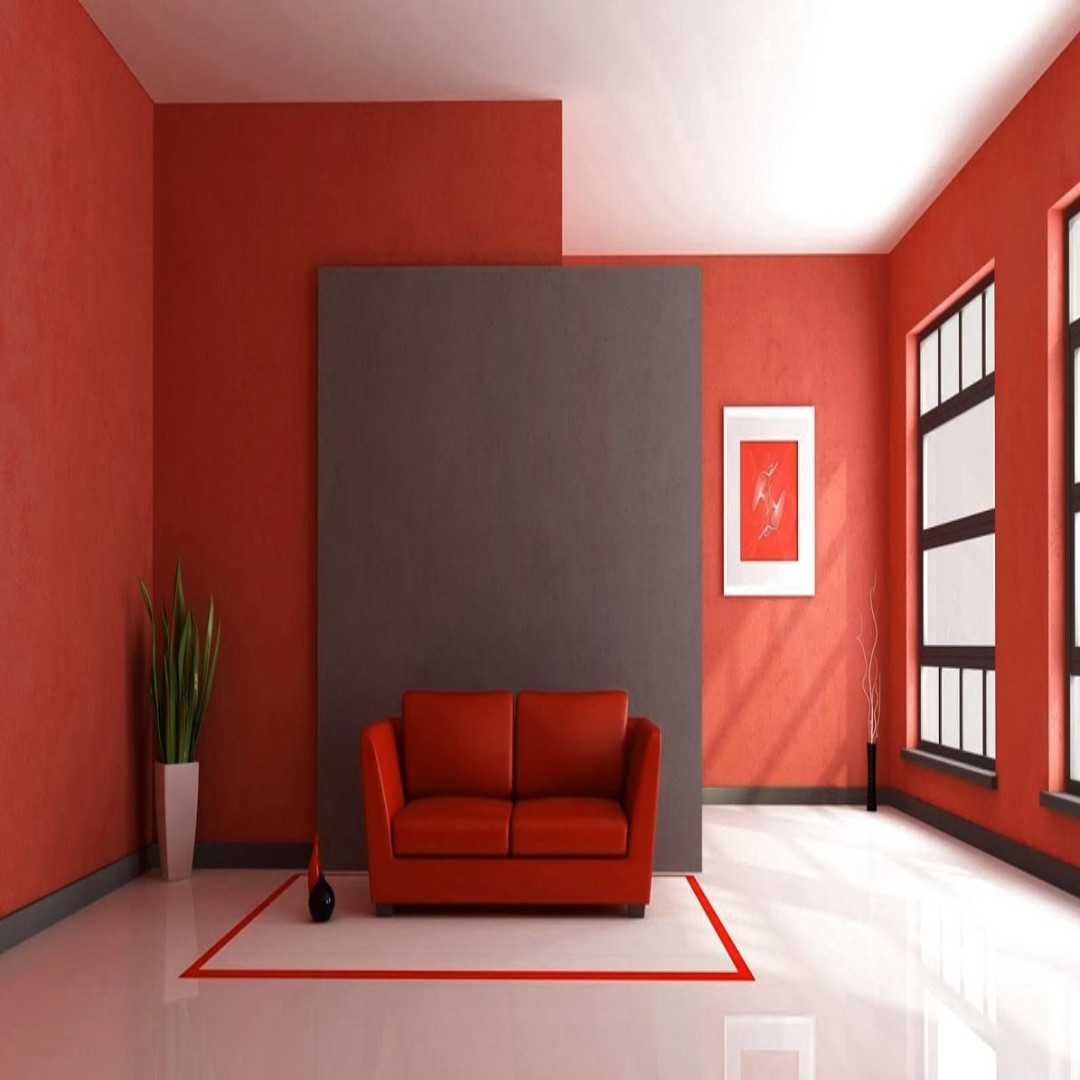Process Involved In Colouredge Smart Painting Solutions
Process Involved In Colouredge Smart Painting Solutions
Masking
To mask a hanging light fixture, simply pull a garbage bag over it and secure it to the cord with twist ties or masking tape. Large furniture in the center of the room—such as this table—can be draped with plastic sheeting.
To mask-off one surface from another, run a band of 2-inch-wide painter’s tape along the edge of the surface that won’t be painted, and then secure masking strips to it.
Sanding
Use a sanding pole fitted with 220-grit sandpaper to sand the walls vertically from the baseboard up to the ceiling. Be sure to overlap each stroke slightly to keep from missing any spots. Then, sand horizontally along the top of the baseboard molding and along the tops of the walls at the ceiling.
Primer
A surface’s porosity is the condition that most often warrants the use of a paint primer. When the surface is too porous, too much of the paint will draw into the surface. Multiple coats of paint are required before the paint can develop a thick, protective shell.
The opposite can be a problem, as well. When the surface is too glossy, color coat adhesion is difficult because the paint cannot lock onto the surface. Paint primer, being slightly rough and porous, provides an excellent texture for the paint to grab onto.
Putty
Wall putty is basically a white cement-based powder that is used to make a smooth mixture, and the mix is applied to the wall before a paint application. It provides a smooth and even finish to your wall, perfectly suitable for the flawless paintwork.
Sanding
Use a sanding pole fitted with 220-grit sandpaper to sand the walls vertically from the baseboard up to the ceiling. Be sure to overlap each stroke slightly to keep from missing any spots. Then, sand horizontally along the top of the baseboard molding and along the tops of the walls at the ceiling.
Primer
A surface’s porosity is the condition that most often warrants the use of a paint primer. When the surface is too porous, too much of the paint will draw into the surface. Multiple coats of paint are required before the paint can develop a thick, protective shell.
The opposite can be a problem, as well. When the surface is too glossy, color coat adhesion is difficult because the paint cannot lock onto the surface. Paint primer, being slightly rough and porous, provides an excellent texture for the paint to grab onto.
2 Coats Of Paint
Generally, you will want a minimum of two coats of paint – this is a good rule of thumb for any wall or ceiling you’re painting. You’ll rarely get a seamless finish from just one coat of paint, and even if you do, coverage isn’t the only goal when it comes to painting a room.
Process Involved In Colouredge Smart Painting Solutions
Process Involved In Colouredge Smart Painting Solutions
Masking
To mask a hanging light fixture, simply pull a garbage bag over it and secure it to the cord with twist ties or masking tape. Large furniture in the center of the room—such as this table—can be draped with plastic sheeting.
To mask-off one surface from another, run a band of 2-inch-wide painter’s tape along the edge of the surface that won’t be painted, and then secure masking strips to it.
Sanding
Use a sanding pole fitted with 220-grit sandpaper to sand the walls vertically from the baseboard up to the ceiling. Be sure to overlap each stroke slightly to keep from missing any spots. Then, sand horizontally along the top of the baseboard molding and along the tops of the walls at the ceiling.
Primer
A surface’s porosity is the condition that most often warrants the use of a paint primer. When the surface is too porous, too much of the paint will draw into the surface. Multiple coats of paint are required before the paint can develop a thick, protective shell.
The opposite can be a problem, as well. When the surface is too glossy, color coat adhesion is difficult because the paint cannot lock onto the surface. Paint primer, being slightly rough and porous, provides an excellent texture for the paint to grab onto.
Putty
Wall putty is basically a white cement-based powder that is used to make a smooth mixture, and the mix is applied to the wall before a paint application. It provides a smooth and even finish to your wall, perfectly suitable for the flawless paintwork.
Sanding
Use a sanding pole fitted with 220-grit sandpaper to sand the walls vertically from the baseboard up to the ceiling. Be sure to overlap each stroke slightly to keep from missing any spots. Then, sand horizontally along the top of the baseboard molding and along the tops of the walls at the ceiling.
Primer
A surface’s porosity is the condition that most often warrants the use of a paint primer. When the surface is too porous, too much of the paint will draw into the surface. Multiple coats of paint are required before the paint can develop a thick, protective shell.
The opposite can be a problem, as well. When the surface is too glossy, color coat adhesion is difficult because the paint cannot lock onto the surface. Paint primer, being slightly rough and porous, provides an excellent texture for the paint to grab onto.
2 Coats Of Paint
Generally, you will want a minimum of two coats of paint – this is a good rule of thumb for any wall or ceiling you’re painting. You’ll rarely get a seamless finish from just one coat of paint, and even if you do, coverage isn’t the only goal when it comes to painting a room.
